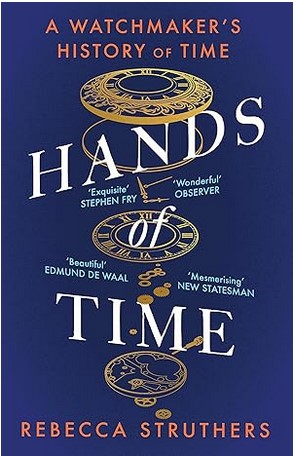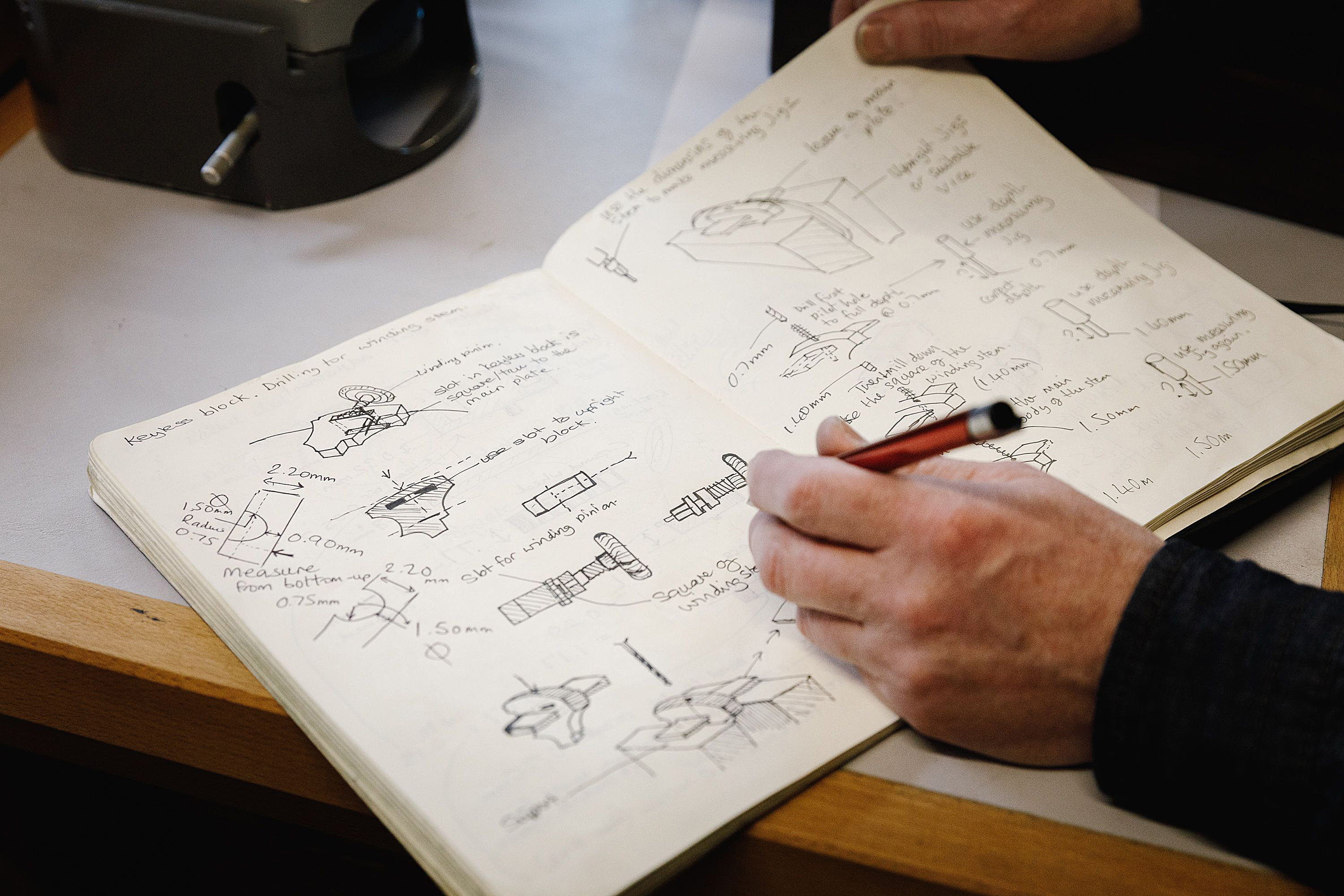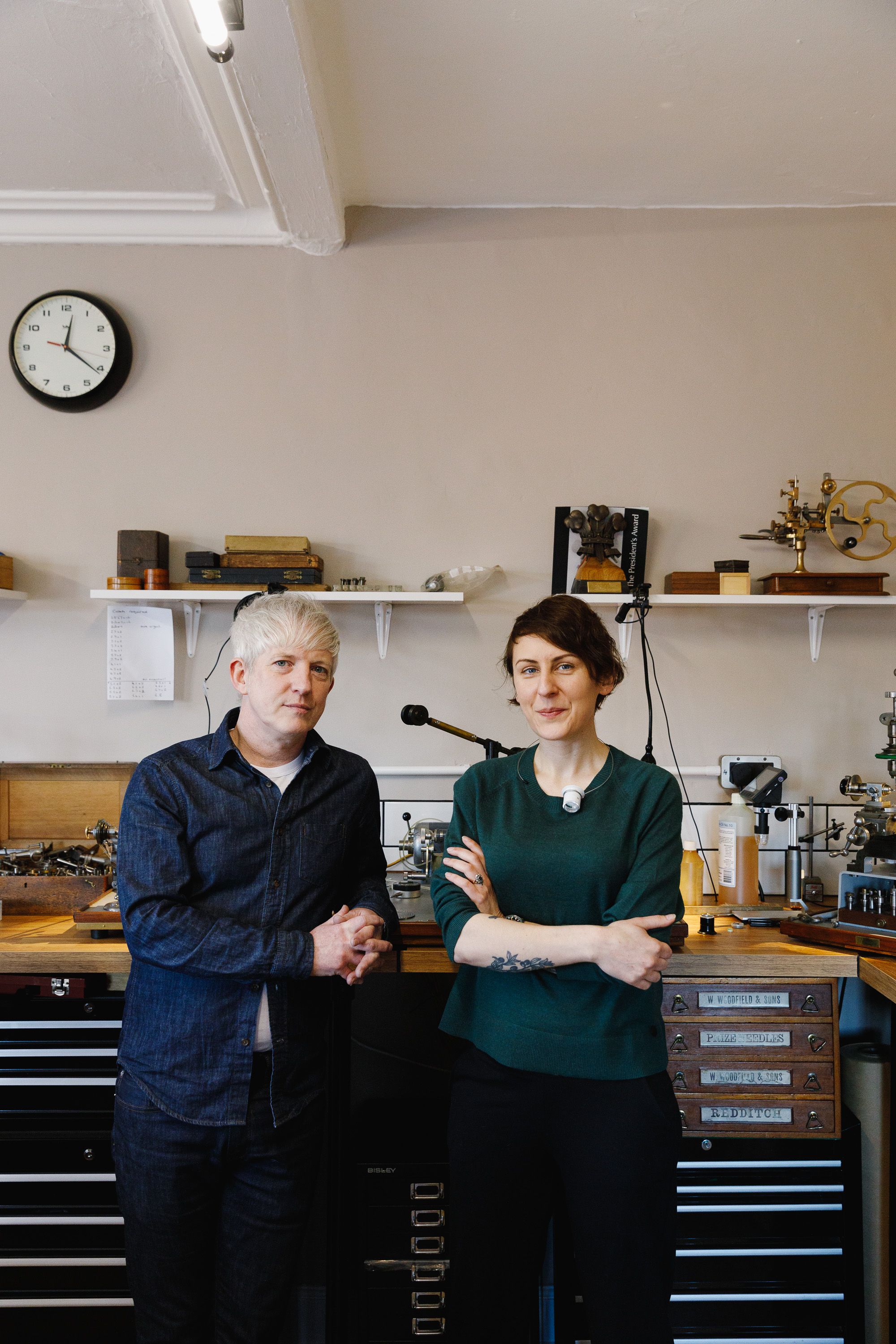
Purchase as kindle, paperback,or hardback
UK USA Canada Australia
A PDF version
of this REVIEW also exists
Hands of Time
by Rebecca Struthers
'An extraordinary work'
reviewed by Mol Smith
ISBN-10 1529339049
ISBN-13 978-1529339048
Rarely have I read a book of such wisdom, knowledge and of such deeply profound human thoughts and reflections. I'm certain that hobbyist microscopists, sharing as they do - curious, bright minds, will enjoy reading this book as much as I did. I was so bowled over that I contacted Rebecca, the author, and found her warm, helpful, and willing to assist me in writing this article. Does it have anything to do with microscopy? Yes. At its root,
it's a story of both current day and historical micro-engineering; requiring instruments to magnify watch and clock parts either at a macro or micro-level: loupes and microscopes.
Rebecca takes us on a journey, one she began at nineteen years of age as she trained to be a watchmaker, and carries us through the ages of history where the vehicle is mankind's fascination with time and his/her attempts to record its passage accurately. I would argue for example that Stonehenge is a timepiece, possibly one of the first constructed to realise the start and end of seasons, and aid food collection and winter hibernation.
From early attempts to make water clocks in the 11th century to atomic clocks accurate to one second, plus or minus, in a one hundred million years, the journey sweeps us onto the hands of famous and notorious historical figures: John Calvin, King Charlemagne, Charles I & II, Christopher Columbus, Oliver Cromwell, Queen Elizabeth, to name but a few.
She takes us into the very heart of the mechanics, the issues and problems that watchmakers had to address to increase accuracy and reduce wear and tear. But she does so with two minds; one which works precise and logically, and the other with soul and human emotions...
"I've spent a large portion of my life feeling guilty: for not working hard enough, for oversleeping. Even on holiday I struggle to relax, because of the guilt of not working. I doubt that my ancient ancestors, living in caves carving star charts, felt the same sharp pang shame when they took a moment to relax."
"Every watch is unique. Even those made in vast quantities in contemporary factories. Once a watch has been worn, it will pick up traces of its owner's life: the adventures they've been on together, the daily wear, the special occasions it's been brought out for, or even the time it's been sat in its box. That is why, when a watch arrives in our workshop, I start a systematic process of inspection to make sure I capture any and all of the faults it
has picked up over the years."
Rebecca explains the process of dismantling a watch, cleaning each part, checking it for wear, tear, damage, and bodged repairs. She is mindful that she is holding in parts, an object often precious to its owner, or one of great age and significance. She, along with her watchmaker husband, Craig, describe their work shop, the tools they use, and the long struggle to get their business up, funded, and running.
I think almost every reader, either interested in world history per se or watches and clockwork, will discover extraordinary telling which takes you into the events of history at the same time as putting you inside Rebecca's head and behind her eyes.
Photos used by kind permission of Rebecca Struthers & India Hobson - the photographer
Websites:
Rebecca-watchmaker
India-photographer


